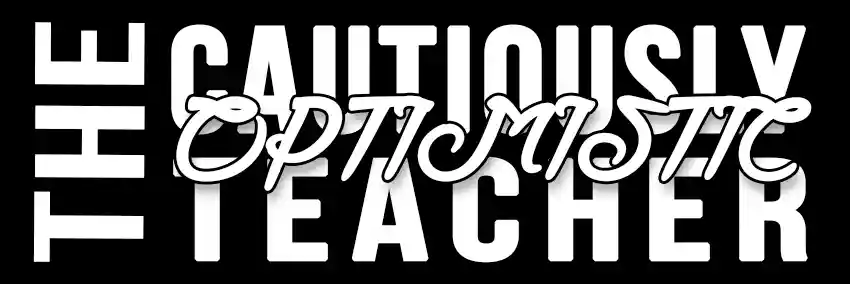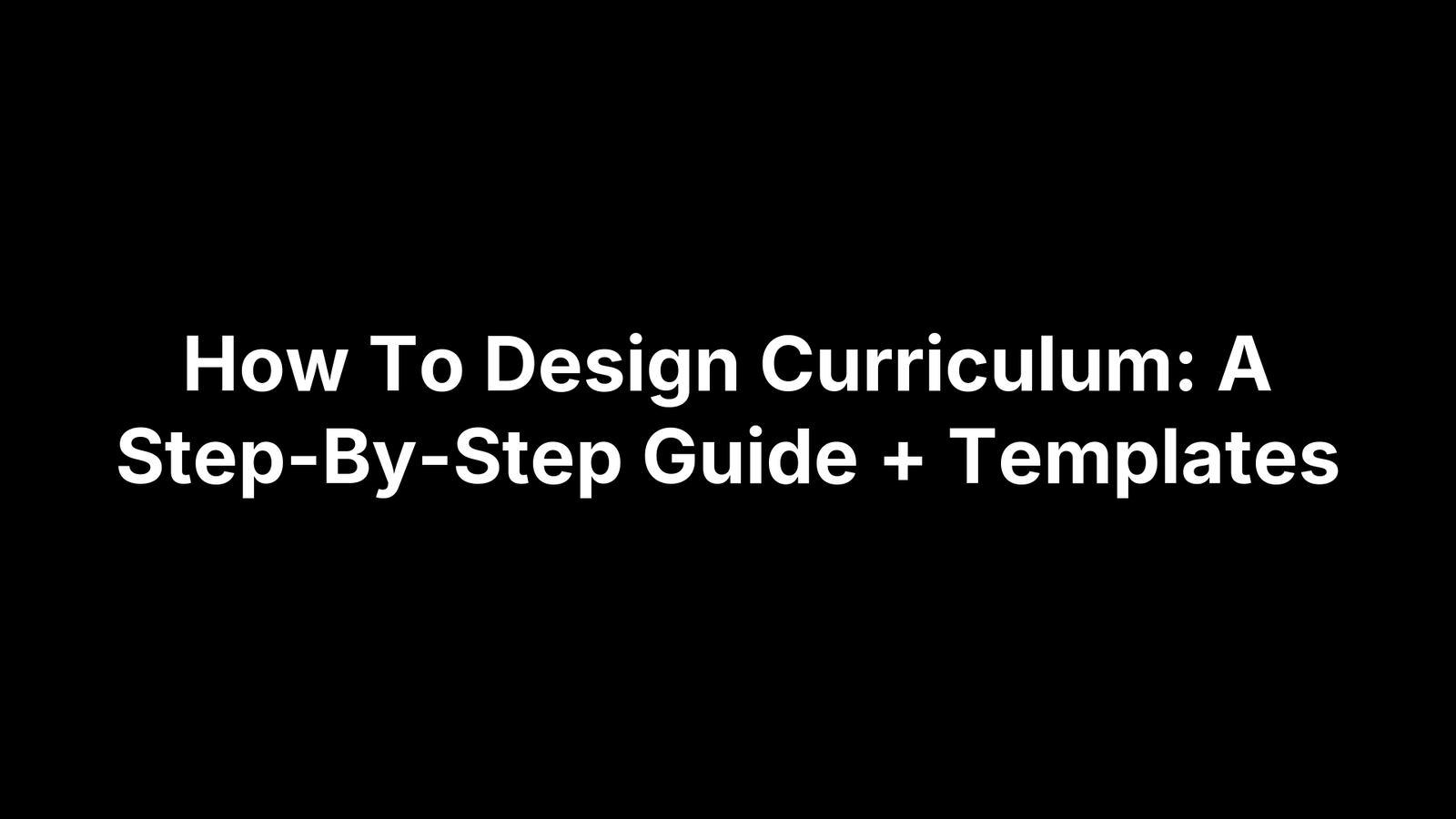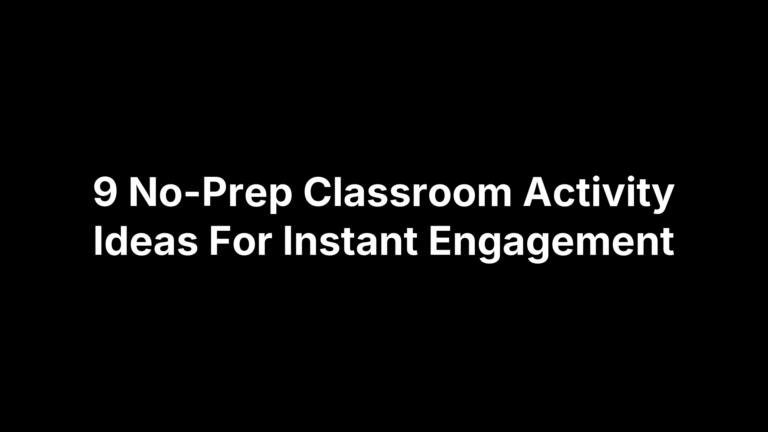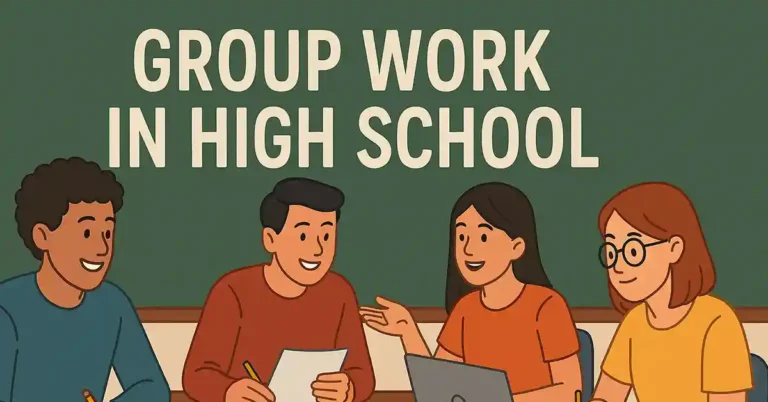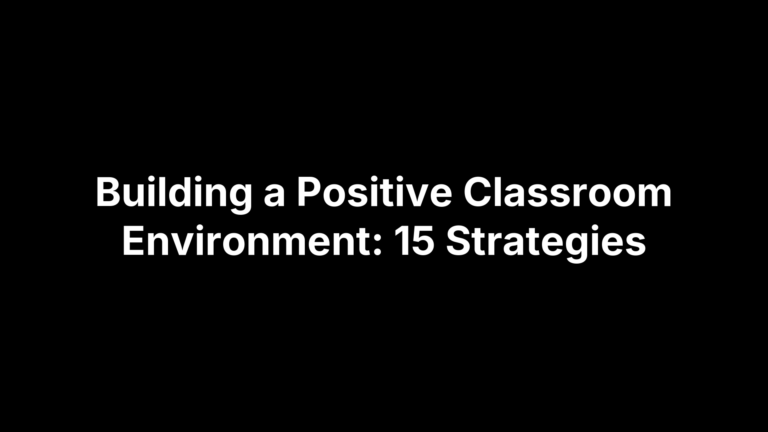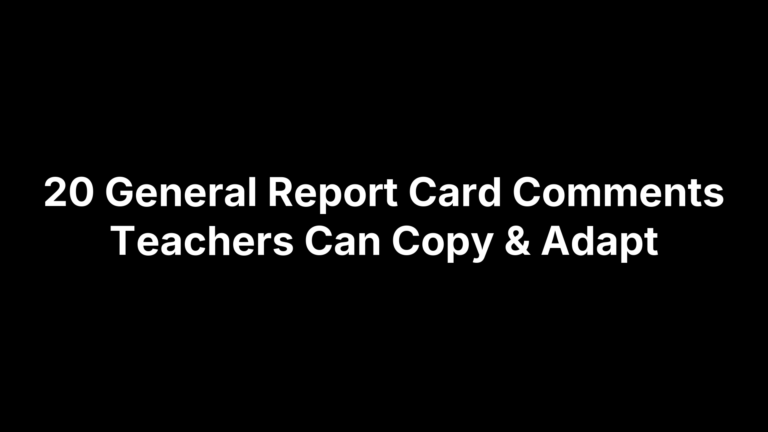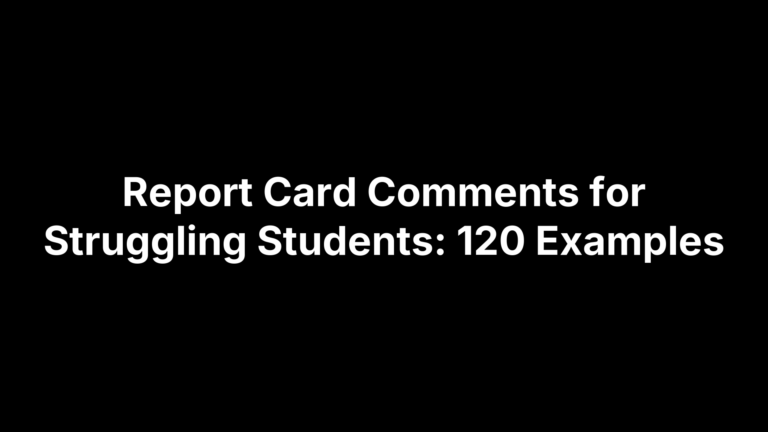How To Design Curriculum: A Step-By-Step Guide + Templates
Designing a curriculum shouldn’t feel like juggling chainsaws. Yet many teachers inherit patchwork materials, wrestle with standards, and scramble to fit it all into a realistic calendar—while ensuring equity, engagement, assessment, and compliance. If your scope-and-sequence, assessments, and daily lessons don’t line up, students feel it—and so do you.
This guide gives you a clear, repeatable process for how to design curriculum with confidence. Using backward design and practical templates, you’ll move from outcomes to assessments to instruction without guesswork. You’ll get ready-to-use PDFs for scope and sequence, unit maps, rubrics, and lesson planning—plus time-saving tips for technology and AI.
Here’s what you’ll find: a 12-step, start-to-finish workflow that covers clarifying purpose and learner profiles, choosing a design model, auditing standards and constraints, building a yearlong map, crafting assessments first, planning units around big ideas, writing UDL-aligned lessons, selecting texts and resources (with copyright in mind), leveraging AI, piloting and iterating, and implementing with review cycles. Let’s get organized and build a curriculum that actually works.
Step 1. Clarify purpose, learner profile, and outcomes
Before anything else, get crystal clear on why the course exists, who it serves, and what students will know and be able to do. Effective models of how to design curriculum start with explicit learning intentions, then align everything else to them. This step prevents aimless activities and ensures coherence across standards, assessments, and instruction.
- State the purpose: Describe the course mission and the transferable skills it builds.
- Build a learner profile: Note prior knowledge, reading levels, multilingual status, IEP/504 needs, interests, SEL considerations, and access to tech/time.
- Set measurable outcomes: Draft 5–7 clear, observable outcomes aligned to required state/national standards.
- Define success at a glance: For each outcome, jot “I can…” statements and initial criteria for proficiency to guide later assessments and rubrics.
Step 2. Choose your design approach and frameworks (backward design, models)
With outcomes set, pick the approach that will steer every decision. Most K–12 teams use backward design—identify evidence first, then plan instruction—for tight alignment. Pair it with a curriculum model that fits your goals: product (outcomes) or process (experiential). Then select a primary design focus suitable for your learners.
- Backward design: Start with assessments, then plan learning. Prevents misalignment and guesswork.
- Product model: Outcomes/standards-driven; supports rubrics, pacing, and accountability.
- Process model: Emphasizes experience, reflection, and iteration; great for inquiry and PBL.
- Subject-/Learner-/Problem-centered: Choose a primary focus—content mastery, student needs/interests, or real-world problems.
- Make it explicit: Record chosen frameworks on maps and unit templates so every contributor designs to the same logic.
Step 3. Audit standards, requirements, and constraints
A crucial step in how to design curriculum is auditing what’s required and what’s realistic. Anchor your plan in reality: assemble the standards you must teach and the rules you operate under. Pull state/district standards (e.g., Common Core; content-specific national sets like the National Arts Standards), required assessments, pacing calendars, instructional minutes, accessibility needs, technology/budget limits, and copyright expectations into one working doc.
- Centralize standards: List all required standards and codes (Common Core, state, National Arts Standards) in one place.
- Build a tracker: Map
standard -> outcome -> unit -> assessment/evidenceand highlight gaps or overlaps. - Capture constraints: Note calendar/testing windows, instructional minutes, tech/materials/budget, staffing, multilingual/IEP needs; review legacy units (keep/revise/retire) and flag copyright/licensing.
Step 4. Map the year: Scope and sequence with pacing (template)
Now build a yearlong scope and sequence that fits your calendar and constraints. Chunk time into units, align each to standards and outcomes, and note where concepts will spiral back for deeper learning. Anchor the pacing to major assessments, factor in testing windows and breaks, and capture materials demands so there are no mid-unit surprises. This is the practical heartbeat of how to design curriculum that stays coherent and teachable.
- Chunk the calendar: Mark quarters/semesters, breaks, and testing windows.
- Sequence units logically: Order by prerequisites and big ideas; plan spirals.
- Pace intentionally: Estimate weeks per unit, anchor assessments, add buffer days.
| Timeframe | Unit/Big Idea | Standards (codes) | Priority Outcomes | Major Assessments | Key Texts/Resources | Pacing/Notes |
|---|---|---|---|---|---|---|
| [Weeks X–Y] | [Title/Concept] | [e.g., CCSS.ELA-Literacy.RI.8.1] | [“I can…”] | [Performance task/quiz] | [Texts/tools] | [Differentiation, spirals, constraints] |
Step 5. Design assessments and rubrics first
If you want tight alignment, design the evidence of learning before you write lessons. Using backward design, specify what “proficiency” looks like for each outcome, then create a balanced plan of diagnostic, formative, and summative assessments. Include varied measures (performance tasks, quizzes, rubrics, checklists, written responses, even Likert scales) so students have multiple ways to show what they know.
- Define acceptable evidence: For each outcome, list the specific performances or products and the exact standards they demonstrate.
- Design performance tasks: Craft authentic tasks with clear prompts and success criteria; note accommodations and accessibility.
- Build rubrics (teacher and student): Create analytic rubrics with criteria tied to standards, 4 performance levels, observable descriptors, and weights.
- Stock formative checks: Exit tickets, conferences, journals, and quick checks mapped to outcomes; plan when each occurs.
- Collect exemplars and calibrate: Gather sample work at each level to norm scoring and give students models.
- Plan feedback cycles: Specify when students get feedback, revise, and, if appropriate, reassess.
Step 6. Plan units around big ideas and essential questions
Strong units center on big ideas that endure beyond a test and essential questions that spark inquiry. This is where you translate standards and outcomes into a storyline learners care about. Essential questions should be open-ended, arguable, and revisited across the unit; big ideas turn into the understandings students can explain with evidence.
- Identify big ideas: Name the enduring understandings students should retain and transfer.
- Write essential questions: Open, debatable prompts that drive investigation (e.g., “How does evidence change our claims?”).
- Set transfer goals: What learners can do independently in new contexts.
- Align to evidence: Map each big idea/question to your performance task and rubric criteria.
- Define K–U–D: What students will Know, Understand, and Do.
- Sketch the arc: Sequence investigations, texts, and checks for understanding; note spirals and supports.
- Plan access: Flag language supports, accommodations, and SEL routines embedded in the unit.
Step 7. Write lessons using UDL, differentiation, and SEL
This is where your plan meets the bell schedule. Each lesson should connect directly to the unit evidence, meet diverse learners where they are, and embed simple SEL routines. Keep it coherent: clear goals, varied strategies, and visible checks for understanding throughout—so students know what’s expected and you know what to do next.
- State the day’s goal and evidence: Share the “I can…” and how students will show it by the end.
- Warm-up + SEL check-in: Quick routine to activate prior knowledge and surface needs.
- Model and make it accessible: Present new learning with options (texts, visuals, short demos) and clear steps.
- Guided practice with supports: Use organizers, sentence frames, small-group coaching; plan prompts for misconceptions.
- Differentiate smartly: Adjust content, process, product, or environment (choice, pacing, difficulty, grouping) aligned to outcomes.
- UDL choices: Offer multiple ways to access content, practice skills, and demonstrate learning (e.g., write/speak/create) tied to the rubric.
- Formative checks: Targeted questions or quick tasks mapped to the day’s goal; note who needs reteach/extension.
- Closure and reflection: Students summarize learning and set a next-step; you capture data to inform tomorrow.
Step 8. Select materials, texts, and resources (with copyright in mind)
Choosing texts and tools is where alignment meets reality. Select resources that directly support your outcomes, are accessible to your learners, and that you have the legal right to use. Protect your time and budget: districts lose money each year from copyright violations—build a rights-aware habit as you stock your units.
- Align to outcomes: Tie each resource to specific standards and evidence.
- Ensure accessibility: Reading levels, captions, alt text, transcripts, screen-reader friendly.
- Prefer OER/licensed: Use open or purchased materials; record license type.
- Respect copyright: Get permissions; keep “fair use” limited; avoid unlicensed scans.
- Vet representation: Check for bias; include diverse, credible perspectives.
- Consider logistics: Cost, availability, bandwidth, device access, offline backups.
- Track resources: Maintain a materials log (title/URL/ISBN, license, accommodations).
Step 9. Leverage technology and AI to streamline planning and personalization
As you think about how to design curriculum efficiently, let technology do the heavy lifting while you keep the pedagogy. Use digital planners, shared drives, and your LMS to centralize maps, resources, and assessments. Then apply AI to accelerate first drafts and differentiation, and reserve your time for aligning to standards and learners.
- Planning/alignment: Auto-build standards trackers, scope-and-sequence calendars, and unit checklists.
- Content drafts: Generate lesson hooks, discussion prompts, and draft rubrics to refine.
- Differentiation: Produce leveled texts, sentence frames, and choice-board options by outcome.
- Assessment/feedback: Create item banks, exit tickets, and rubric-aligned feedback starters.
- Workflow: Batch-make worksheets, organize versions, and log resources with licenses.
Set guardrails: review outputs for accuracy and bias, protect student data, and ensure copyright compliance. On this site, tools like the Differentiated Instruction Helper, Worksheet Maker, Question Generator, and Report Card Commentor can save hours while keeping learning personal.
Step 10. Build your curriculum toolkit: Maps, unit, lesson, and assessment templates
Standardized templates make your curriculum teachable, shareable, and easy to improve. Build a lightweight toolkit that aligns to backward design and keeps standards, evidence, and instruction connected. Store files in a shared drive or LMS, use versioning, and keep naming consistent so anyone on your team can find and use what they need fast.
- Curriculum map (scope & sequence): Timeframe, units,
Standards (codes),Outcomes,Major evidence,Pacing/Notes. - Unit template (UbD-aligned): Big ideas, essential questions, transfer goals, K–U–D,
Assessments/Evidence, rubric criteria,Learning plan, UDL/SEL supports. - Lesson template (UDL-ready): Objective/“I can…”, success criteria, materials, launch–teach–practice–close,
Checks for understanding, differentiation options, accommodations. - Assessment pack: Diagnostic–formative–summative plan, performance task prompts, teacher and student rubrics, exemplars, feedback cycles.
- Standards tracker: Map
Standard → Outcome → Unit → Assessment; flag coverage, spirals, gaps. - Materials & copyright log: Titles/links/ISBN, license/permissions, accessibility notes, costs, logistics.
Use the included templates to jump-start your toolkit and adapt fields to your context.
Step 11. Pilot, gather feedback, and iterate
Treat your first run as a pilot, not a finished product. Curriculum is a living document: test with a representative class or two, collect multiple forms of evidence, and make tight improvement cycles. Short, structured feedback loops (surveys, quick debriefs, work samples) help you refine alignment, pacing, accessibility, and assessments before scaling.
- Define scope: Choose pilot units, classes, and success criteria.
- Collect evidence: Student work, rubric scores, timing/engagement notes.
- Gather feedback: Fast teacher debriefs and brief student surveys.
- Check alignment: Use your standards tracker for gaps/overlaps.
- Revise in order: Assessments → units → lessons; update materials/copyright log.
- Version and plan: Record changes, then schedule the next mini-cycle.
Step 12. Implement, support teachers, and schedule review cycles
Implementation is a team sport. Publish your finalized curriculum toolkit in a single, searchable hub, clarify what’s non‑negotiable (outcomes, assessments, rubrics) versus flexible (lesson strategies), and provide just‑in‑time support. Protect teacher time with short, focused PD, coaching cycles, and PLC structures. Use your standards tracker and assessment calendar to keep alignment visible, and build predictable review cadences so the curriculum keeps improving.
- Centralize and launch: One source of truth with versioning and naming norms.
- Onboard and train: Micro‑PD, model lessons, rubric calibration, copyright basics.
- Coaching and PLCs: Co‑planning, peer observation, weekly 15‑minute check‑ins.
- Assess and adjust: Common formatives → quick data meetings → reteach/extend.
- Schedule reviews: Mid‑unit huddles, end‑of‑unit retros, quarterly map checks, annual refresh.
- Track changes: Simple request form, owner, and a living change log.
Bring it all together
You now have a clear path for how to design curriculum: start with purpose and outcomes, choose your framework, audit constraints, map the year, design assessments first, then build units and lessons that are accessible, differentiated, and legally sound. Use technology to save time, pilot to learn, and refine on a schedule so your curriculum stays alive and aligned.
Grab the templates, block an hour, and sketch your scope-and-sequence. Build one unit all the way through—evidence, rubrics, big ideas, lessons—then pilot and iterate. If you want ready-made tools, time-savers, and ongoing support, you’ll find them at The Cautiously Optimistic Teacher. Here’s to a curriculum that’s coherent for you, compelling for students, and doable in real classrooms.
